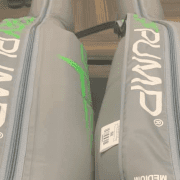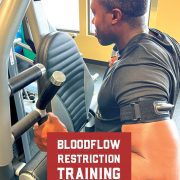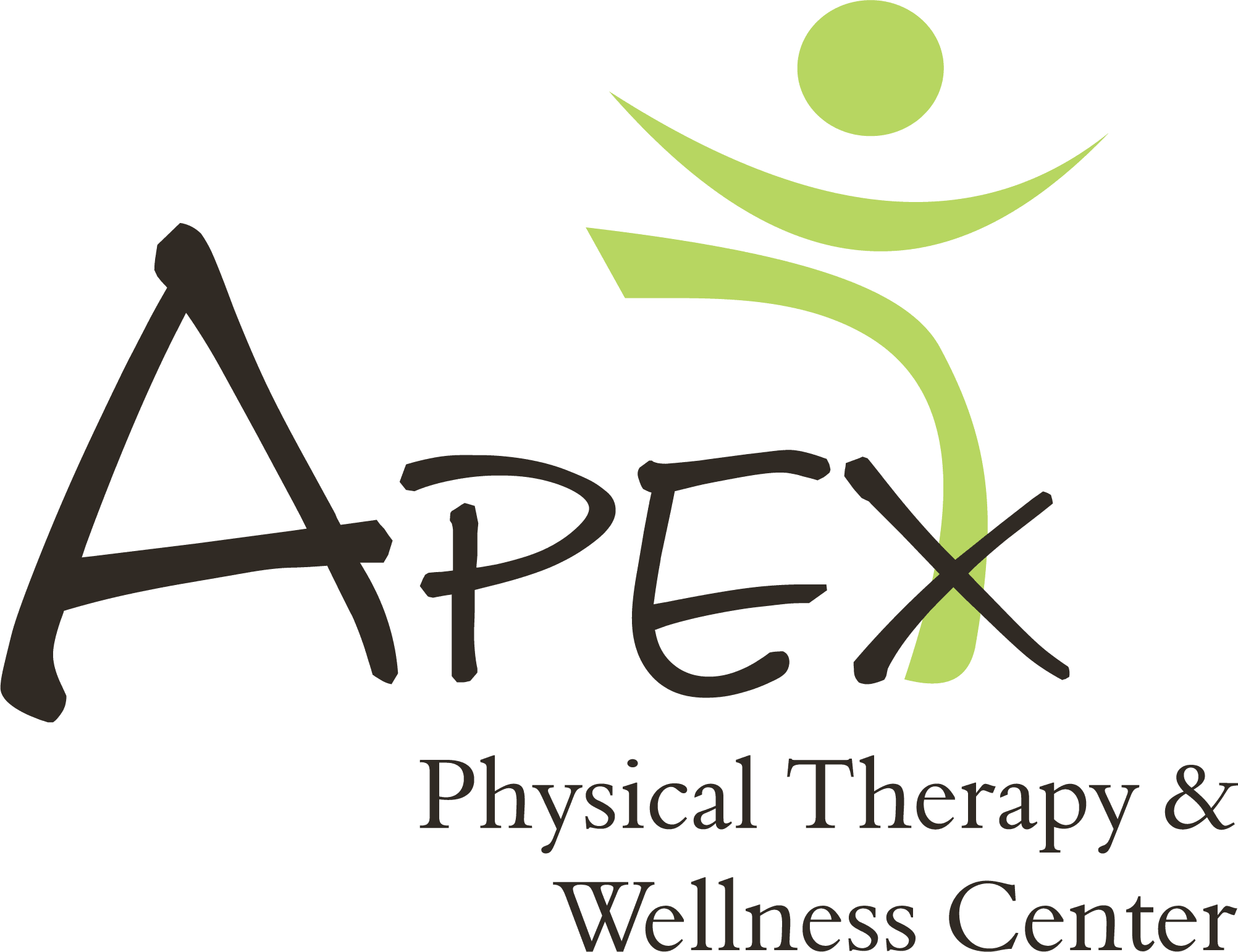YOUR RECOVERY FROM TRAINING IS JUST AS IMPORTANT AS TRAINING
Are you feeling extra tired lately?
Is your exercise routine taking a toll, making you feel more exhausted as opposed to re-energized?
The answer may be in your recovery program. While focus may lie on forming the perfect exercise routine to help us build muscle or jump a little higher, the key to any training program is… RECOVERY! Proper recovery and/or rest is vital for high-level performance and continued improvement in our given activity. However, there is continued debate on what is the most appropriate recovery plan, but often it is just the age-old game of trial and error and what fits best into your weekly exercise routine.
So, what exactly goes into a recovery program and what are its benefits? Recovery programs are the days built into your exercise routine that provide your body with the proper measures to allow your body to rest and recharge and reap the benefits from that lift, run, or competition you performed. With the proper recovery program, athletes can take part in higher training volumes and intensities without the detrimental effects of overtraining. Long story short, your mind and body get the rest and recharge it needs so you can perform at a high-level during competition and training. GREAT NEWS, right?!
Health and fitness professionals (PHYSICAL THERAPISTS!) consider the frequency, intensity, time, and type (FITT) of recovery and training to boost recovery periods and optimize performance for athletes and patients alike1. Recovery can be thought of in two ways: active recovery or passive recovery. Active recovery is using movement to help your muscles recover from training sessions – this can include walking, stretching or mobility training, whereas passive recovery is total rest time or one of the considerations listed below. So, let’s dive in further as to how we can help YOU fit a recovery program into your training schedule…
[1] Vitale, Kenneth C., et al. “Sleep hygiene for optimizing recovery in athletes: review and recommendations.” International journal of sports medicine 40.08 (2019): 535-543.
WHAT IS THE FITT FORMULA?
Frequency — the number of days needed for recovery (1 day or 1 week?)
Intensity — If participating in active recovery, you may be asked to keep your heart rate at 40-60% max. Your therapist can help you with this!
Time — Time between exercise sets or training bouts.
Type — Active recovery (decreased intensity or mode of exercise) or passive recovery (rest)
Other considerations when it comes to recovery include:

Massage:
A 20–30 min massage performed immediately following or up to 2 hours after exercise has been shown to effectively reduce delayed onset muscle soreness for 24 hours after exercise

Compression Garments:
Compression garments have been shown to have a significant and positive impact on muscle soreness and perceived fatigue.

Compression Boots:
Some studies have demonstrated improved recovery from intense exercise with the use of compression boots as compared to passive recovery.

Ischemic preconditioning (blood flow restriction):
BFR is known to improve vasodilation, oxygen utilization and muscle function, and enhance exercise performance

Sleep:
There are clear negative effects of sleep deprivation on performance, including reaction time, accuracy, vigor, submaximal strength, and endurance. Alternatively, sleep extension can positively affect reaction times, mood, sprint times, tennis serve accuracy, swim turns, kick stroke efficiency, and increased free throw and 3-point accuracy.
